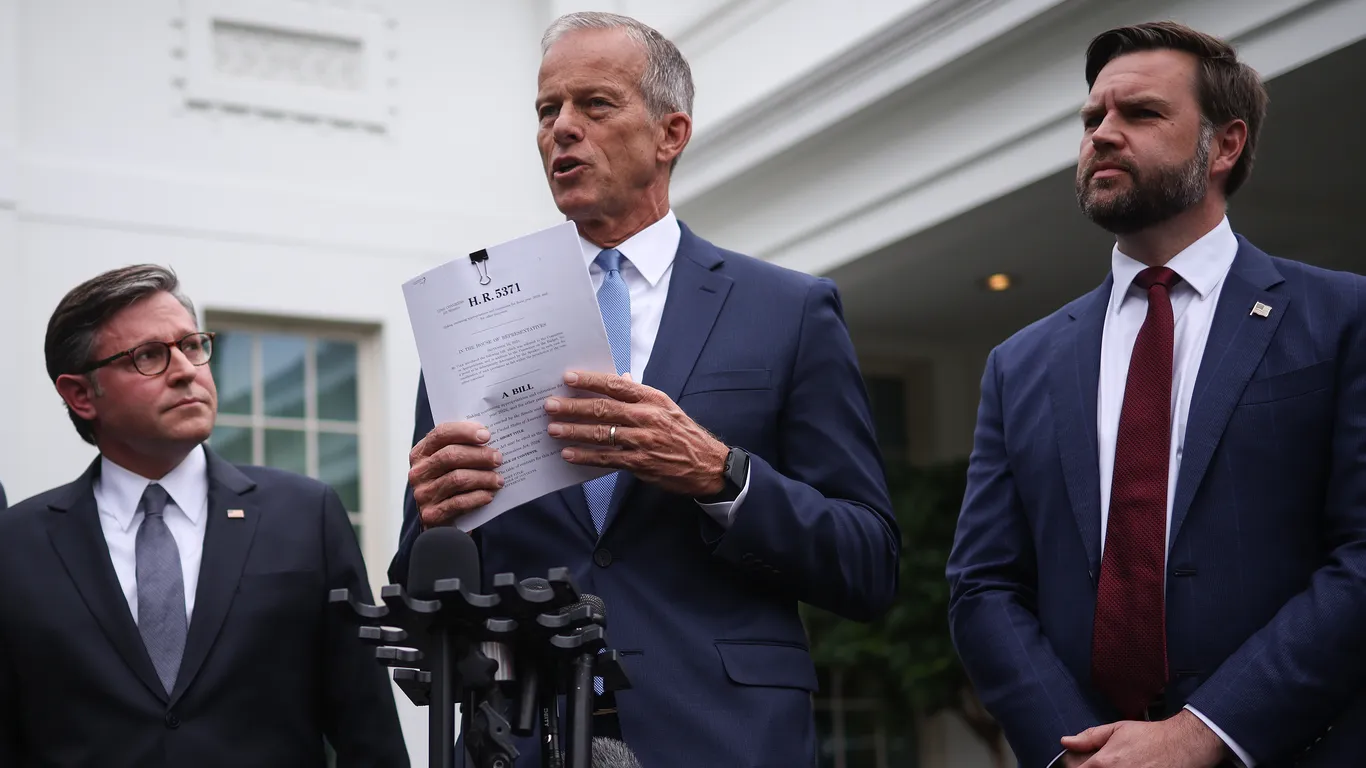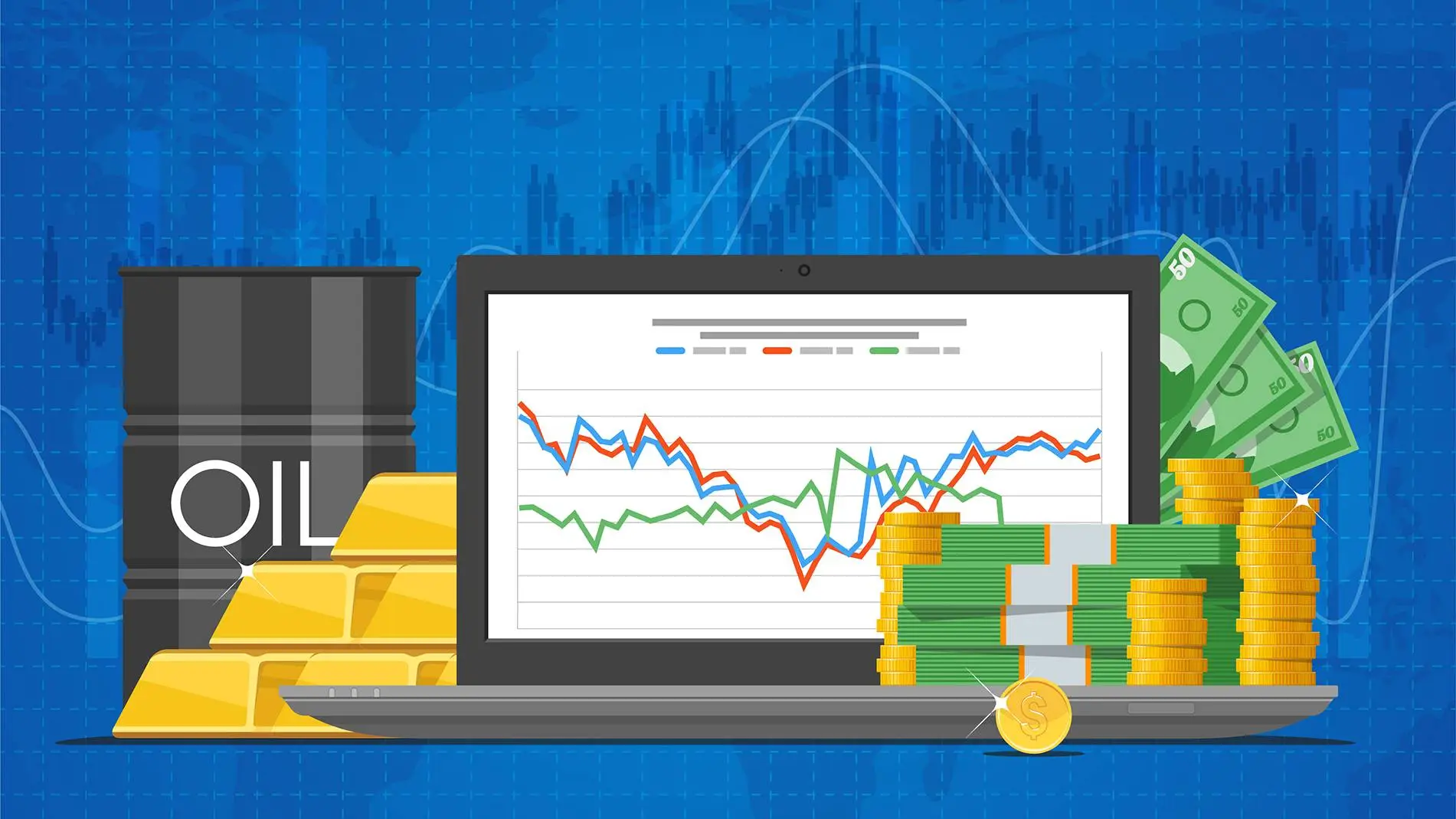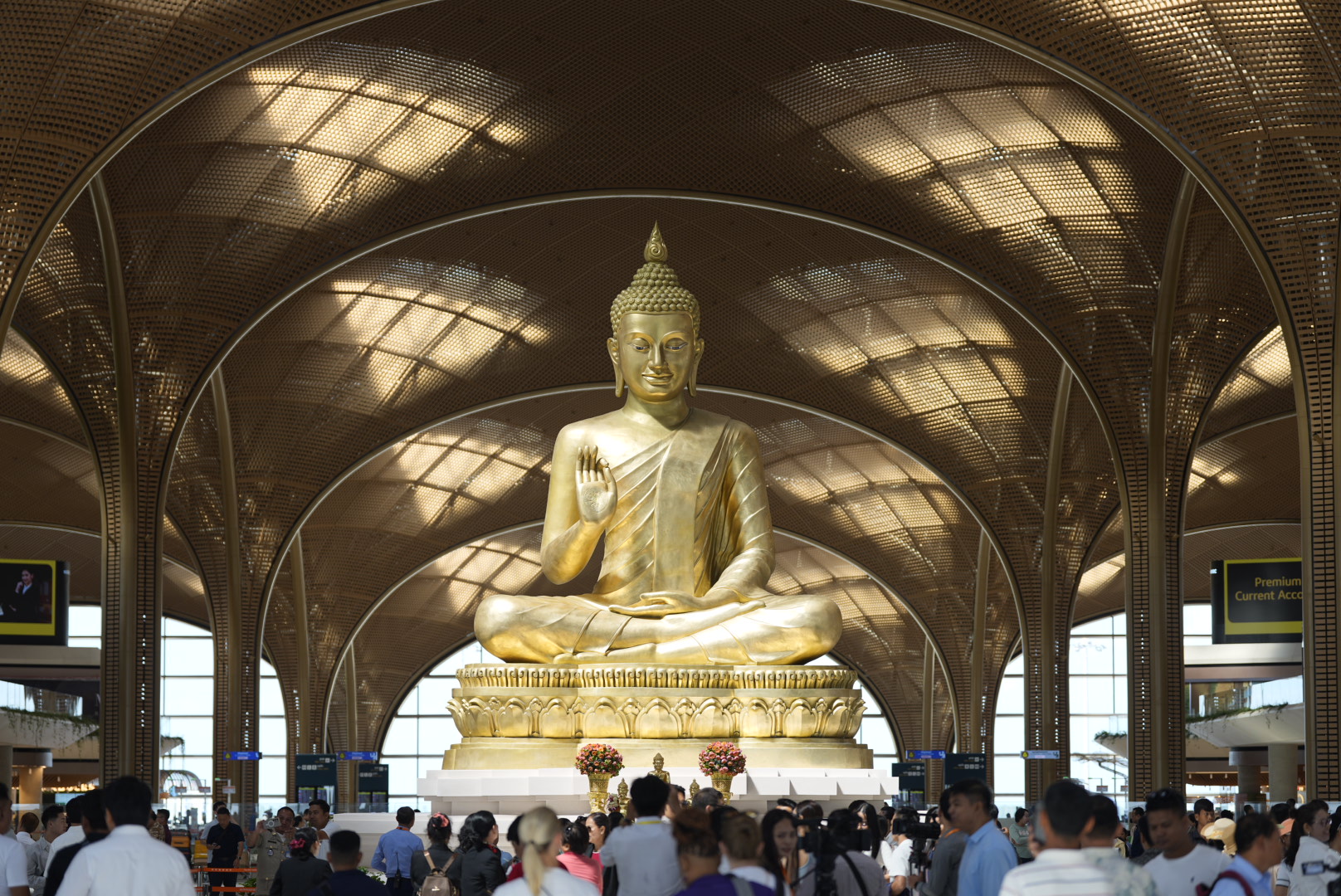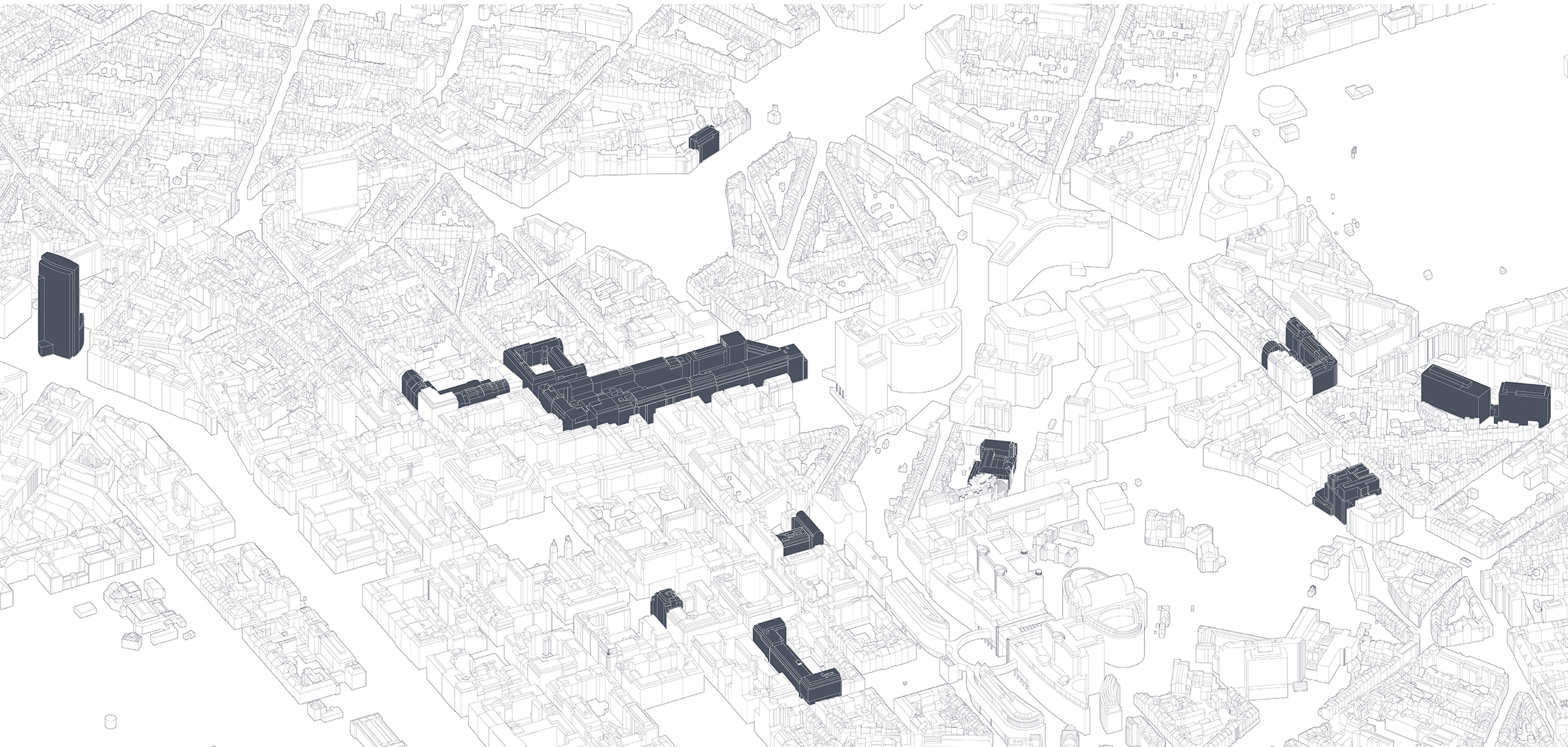By Herb Scribner
Copyright axios

The first shutdown since 2019 could be unusually disruptive if President Trump and budget director Russ Vought use it to reshape the federal workforce.
Generally, federal functions deemed “essential” — including health programs, new Social Security and Medicare actions, SNAP benefits, FDA inspections and small business support — don’t pause during a shutdown.
A law passed during the 2019 shutdown allows federal workers to automatically receive back pay once funding resumes.
Here’s what to know.
When did the government shutdown start?
The shutdown began at midnight, Oct. 1.
Congress had until Sept. 30 to approve funding, but failed to reach a deal before the final bell.
What was the longest government shutdown?
Flashback: The longest government shutdown in U.S history stretched 35 days from late 2018 to early 2019 during President Trump’s first term.
The shutdown ended when Trump made a concession on immigration.
Before that, the longest shutdown stretched 21 days during the Clinton administration.
Republicans and Democrats clashed on budget reductions, social programs and tax policy.
Who gets fired in a shutdown?
It’s unclear how many employees will be furloughed during the shutdown.
However, the White House threatened to send “Reduction in Force (RIF) notices for all employees” in programs that aren’t consistent with Trump’s priorities, Axios previously reported. This could lead to thousands of firings.
Does Congress get paid in a shutdown?
Yes. Congressional pay is protected through the Constitution, specifically Article I, Section 6: “The Senators and Representatives shall receive a Compensation for their Services, to be ascertained by Law, and paid out of the Treasury of the United States.”
What gets shut down in a shutdown?
Most federal agencies are funded annually by appropriations bills that need to be passed by Congress and signed by the president before the new fiscal year begins on Oct. 1.
If deadline passes without Congress authorizing more funding, then most of the government shuts down, unless an agency has already been funded.Defense Department and Department of Homeland Security, for example, received some funding through the “big, beautiful, bill” passed in the summer.
Who doesn’t get paid in the shutdown?
Many federal employees don’t get paid during the shutdown.
This includes “essential” workers and “excepted” employees, who have responsibilities related to the safety of human life or the protection of property, per the U.S. Office of Personnel Management.Active-duty military service members may also experience delayed paid.
Zoom in: A shutdown would happen near the end of the pay period, so employees would miss their first paycheck on Oct. 24, per NPR. For the military, it would be Oct. 15.
Federal employees and military members will be eligible for backpay once the shutdown ends.
The intrigue: Several federal workers urged Democrats to stand up to the White House over funding, even if it means their jobs are at risk.
What happens to air travel?
It could be impacted. Air traffic controllers and TSA staff at airport checkpoints are considered essential employees, so they would have been asked to work without pay.
More than 13,000 air traffic controllers are expected to work without pay, per the Department of Transportation’s shutdown plan.Those employees could eventually call out sick, leading to possible delays. TSA is already facing nationwide shortages.Hundreds of TSA agents called out sick from work during the five-week partial government shutdown in 2019.Passport renewals processing could be delayed.
What happens to USPS in a shutdown?
The U.S. Postal Service does not receive taxpayer funding for operating expenses, so it will continue as normal.
Will Social Security payments still come during the shutdown?
Yes. Social Security and Supplemental Security Income (SSI) payments typically continue during a shutdown.
However,, verification services and issuance of new Social Security cards may be delayed.
In past shutdowns, the SSA has paused benefit verifications and earnings record corrections.
What happens to Medicare in the shutdown?
Medicare benefit payments typically continue, while verification and card issuance may stall. In the 1995-1996 shutdown, more than 10,000 Medicare applicants were turned away.
What about SNAP?
SNAP payments generally continue, though delays are possible depending on the shutdown’s duration.
The USDA can distribute benefits for about 30 days into a shutdown, per the Committee for a Responsible Federal Budget.During the 2019 shutdown, the USDA paid SNAP benefits for February early in January before that window ended.
What happens to the DOJ’s cases?
The Justice Department said many of its employees and activities will continue as normal.
Civil litigation may be stalled or postponed if they don’t involved human safety or protection of property, per the DOJ,
Federal judiciary courts are expected to continue operating through Oct. 3, per the Administrative Office of the U.S. Courts. However, if the showdown goes past that date, courts may have to limit their work.
A slowdown in the federal courts, depending on the length of the shutdown, could cause disruption to the legal challenges against the Trump administration’s policies, per The New York Times.
Does VA disability pay stop?
No. All Veterans Affairs compensation, pension and housing benefits continue to be processed.
However, there could be delays to some services.
What happens to national parks and landmarks?
In prior shutdowns, many parks remained open with limited or no staff.
That’s why more than 35 former national park superintendents have called on Interior Secretary Doug Burgum to close the parks in the event of a shutdown.”Past shutdowns in which gates remained open with limited or no staff have hurt our parks: Iconic symbols cut down and vandalized, trash piled up, habitats destroyed, and visitor safety jeopardized. If you don’t act now, history is not just doomed to repeat itself—the damage could in fact be much worse,” they wrote in a letter to Burgum.During the 2013 shutdown, the Statue of Liberty and parts of the National Mall were closed to visitors, too.
More from Axios:
What’s at stake in next week’s possible government shutdown”Open mutiny”: Democrats angrily reject proposed shutdown fixSchumer floats shutdown fix



